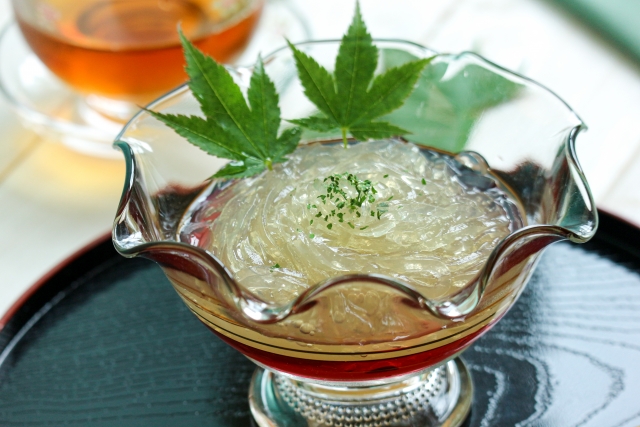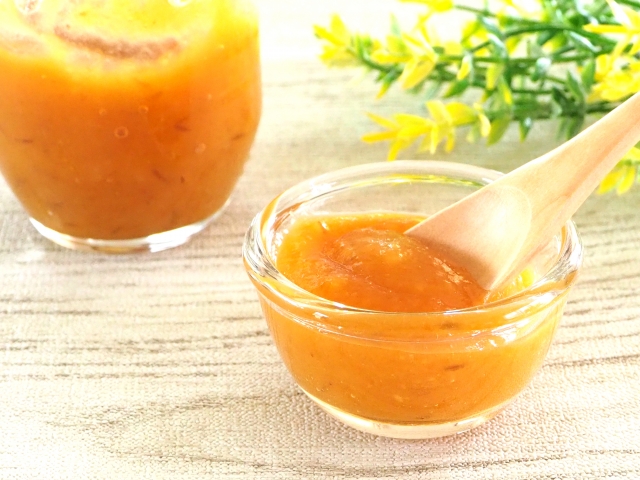
There are many different types of miso in Japan.
Do you know what kind there are?
Do they have different tastes? Do they have different salty or sweet tastes?
I have also heard that the type of miso made differs depending on the area you live in Japan.
Now, let's get to know about miso in Japan from now on.
About the types of miso

The fermentation and maturation of miso󠄀 is the result of the action of microorganisms. The way microorganisms work varies depending on various conditions such as climate, environment, and water quality, and it also varies from brewery to brewery.
Shinshu miso is also deeply related to history. It is said that during the Warring States period, Takeda Shingen encouraged the production of Shinshu miso to stockpile salt, which was a precious commodity in the Shinano region, where there was no sea, and also used it to feed his soldiers. Sendai miso from Miyagi Prefecture was used by Date Masamune, and Haccho miso from the Chukyo region was used by the Mikawa warriors, as represented by Tokugawa Ieyasu, during the Warring States period.
Classification of Koji
Koji, which is a grain on which koji mold is cultivated, plays an important role in the production of fermented foods such as miso, sake, and soy sauce.
Based on the ingredients of this koji, miso can be divided into three types: rice miso󠄀, barley miso󠄀, and soy miso󠄀, and a mixture of the three.
Kome(Rice) miso
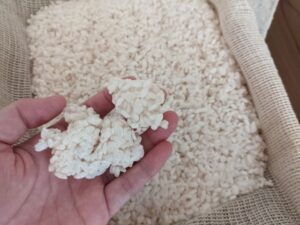
Rice miso is made by adding rice malt to soybeans. It is produced throughout Japan.
Barley miso
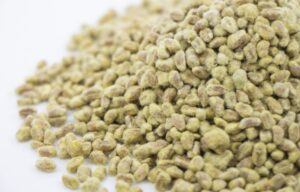
This miso is made by adding barley koji to soybeans. Mainly produced in Kyushu, Shikoku and Chugoku regions.
Soy miso
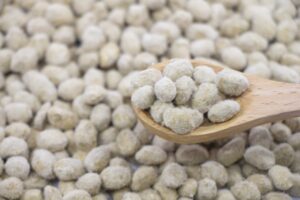
Made from soybeans only. The Chukyo region (Aichi, Mie, Gifu) is the main production area. Hatcho miso is a typical example.
Is there a difference in the taste of miso?
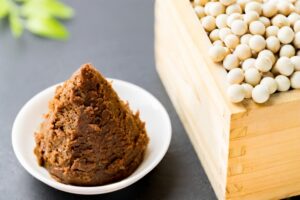
Miso can also be classified by taste, such as "sweet" and "salty".
Saltness is determined by the amount of salt used, while sweetness is determined by the "koji ratio. Koji yield is the ratio of koji to soybeans. If the amount of salt used is the same, the higher the ratio of koji, the sweeter the taste.
In addition to the ratio of ingredients, the aging period also determines the taste. The longer the aging period, the less sweet and salty it tastes, but the stronger and richer it tastes.
What is the difference in the color of miso?
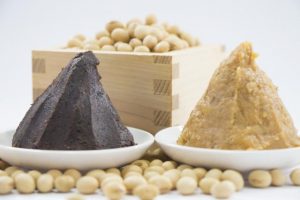
Miso is classified into three types according to the color of the finished product: red miso, white miso, and light-colored miso. The color of miso is affected by a variety of factors, including the type of soybeans, the way the soybeans are processed, the amount of koji, and the length of fermentation and maturation.
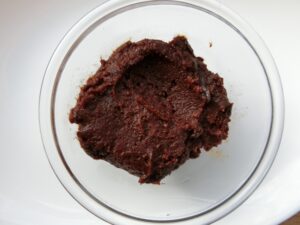
Aka-miso" has a strong reddish color and is rich in flavor. Aka-miso" has a reddish color and is rich in flavor. It requires a longer maturation period and has a higher salt content, and is popular mainly in Nagoya.
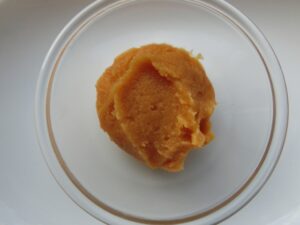
Shiro-miso" is made mainly from rice malt, is creamy in color, and has a strong sweet taste. It is low in salt content and has a mild taste. It is also used to make saikyo zuke (fish marinated in soy sauce).
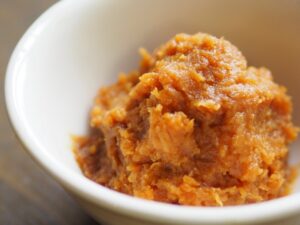
Light-colored miso" refers to light yellow miso. It has a slightly higher salt content than white miso, and its taste varies from sweet to spicy. Shinshu miso is famous for this type of miso, and it is popular in Nagano Prefecture.
Japanese miso has different tastes and colors depending on the area.

Having only thought of one type of miso, I was surprised to learn that there are many varieties. Some miso was made in accordance with old traditions, and others were finished with a higher amount of salt due to the cold weather. Did you find a miso you would like to try?
Let's say Japanese food in Japanese!【Miso soup】

One Point Lesson!
How do you pronounce Miso soup in Japanese?
Miso soup
Japanese say【MISOSHIRU】or【OMIOTSUKE】.
Now that you know how to say miso soup in Japanese, please try saying "OMISOSHIRU" instead of "miso soup" at the dinner table when you make miso soup.
